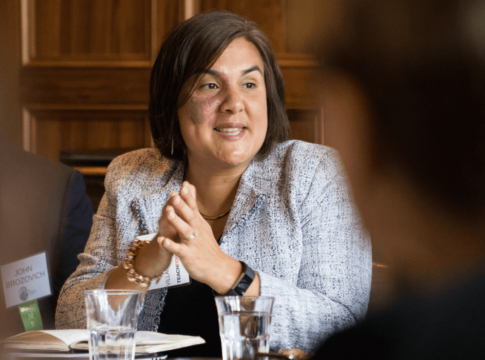In this video, NPR’s Cory Turner looks at school district boundaries that separate rich areas from poor areas. Last month, EdBuild created a list of the 50 most-segregating school district boundaries– the school district borders with the largest difference in child poverty rates from one side to the other.
The grass is greener … if you’re a student in Detroit, looking across your school district’s boundary with the neighboring Grosse Pointe public schools.
Nearly half of Detroit’s students live in poverty; that means a family of four lives on roughly $24,000 a year — or less.
In Grosse Pointe, a narrow stretch of real estate nestled between Detroit and Lake St. Clair, just 7 percent of students live at or below the poverty line.
To recap, that’s 49 percent vs. 7 percent. Neighbors.
Which is why a new report from the nonprofit EdBuild ranks the Detroit-Grosse Pointe boundary as “the most segregating school district border in the country.”
How could schools achieve greater economic integration, mixing rich and poor students in the same building?
Rick Kahlenberg has long argued for using a system of public school choice to accomplish this. Two reviews of his book All Together Now can be found here.
Jim Ryan’s book about the failure of legal efforts to achieve greater racial or economic integration is reviewed here.
—Education Next






